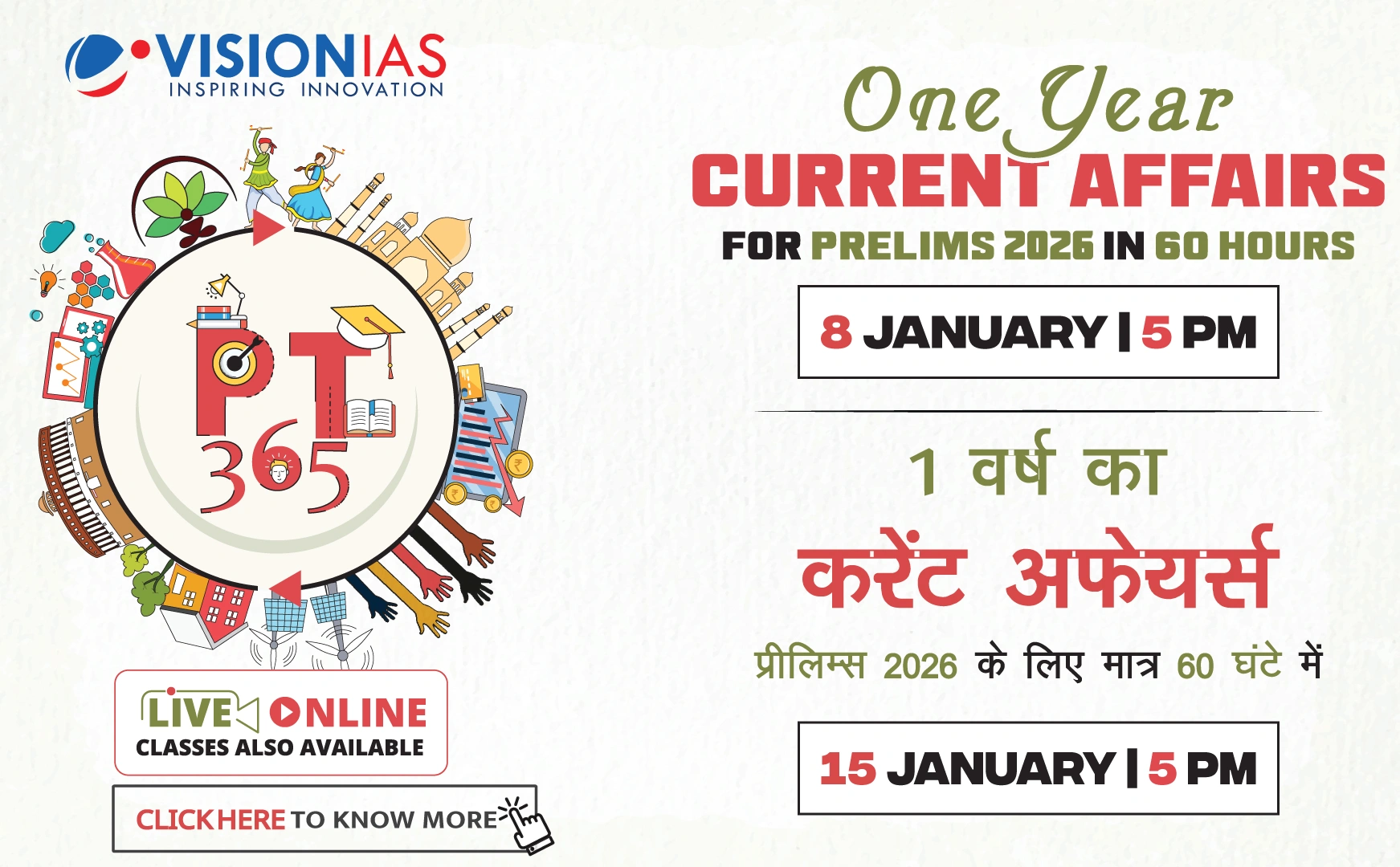India's E20 Ethanol Fuel Initiative
India is advancing its initiative to promote E20 petrol, which comprises 20 percent ethanol-blended fuel, and aims to progress towards E27. This move is touted as a significant green transition. However, it presents challenges, particularly for owners of older vehicles, due to concerns over reduced mileage and potential engine damage.
Challenges for Car Owners
- Car owners, especially those with older models, express concerns about the negative impacts of increased ethanol blending, such as falling mileage and potential engine damage.
- There is a lack of awareness and choice for consumers in this fuel transition.
Brazil's Ethanol Fuel Model
Brazil serves as a potential model for India, having developed a successful ethanol program since the 1970s in response to oil market uncertainties. Key features include:
- Flex-fuel vehicles: Cars that can run on either ethanol or petrol, allowing consumers to choose the cheaper option.
- Government mandates: Strong policies and price incentives to promote ethanol use.
- Consumer education: Efforts to inform the public about the benefits and options of ethanol fuel.
India's Approach and Comparison
India has not yet implemented flex-fuel vehicles like Brazil, leading to several issues:
- Concerns that E20 fuel could cause damage to regular internal combustion engine vehicles, especially those older than 2023.
- Lack of transparency at petrol pumps regarding the level of ethanol blending.
- Higher ethanol blends are not available at a reduced cost compared to pure gasoline as they are in Brazil.
Technical Concerns and Expert Opinions
- Higher ethanol blends, such as those above 10 percent, can cause issues in engines not designed for them, including difficulty starting in cold weather and corrosion due to higher water content.
- A technical expert noted the absence of conclusive studies on the long-term impact of blended fuels on non-compliant vehicles, although potential damage to engine parts is acknowledged.
Recent Developments
- As of recently, India achieved 20 percent ethanol blending, five years ahead of the original target.
- The Ministry of Petroleum and Natural Gas claims concerns about E20 fuel's impact on older cars are "largely unfounded."
- The ministry acknowledges a slight reduction in fuel economy with E20 usage.
In conclusion, while India aims for a green leap with E20 petrol, the transition poses challenges similar to those once faced by Brazil. Learning from Brazil's model could help mitigate these issues, making the transition smoother for consumers.







